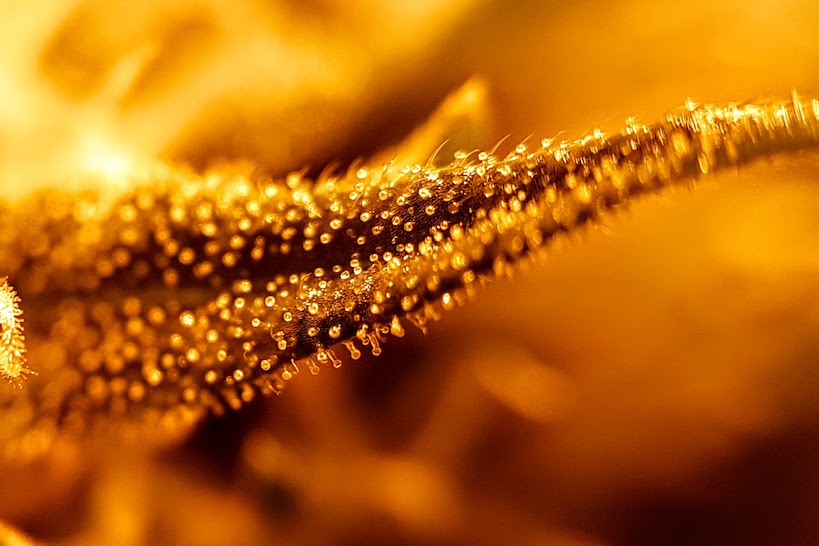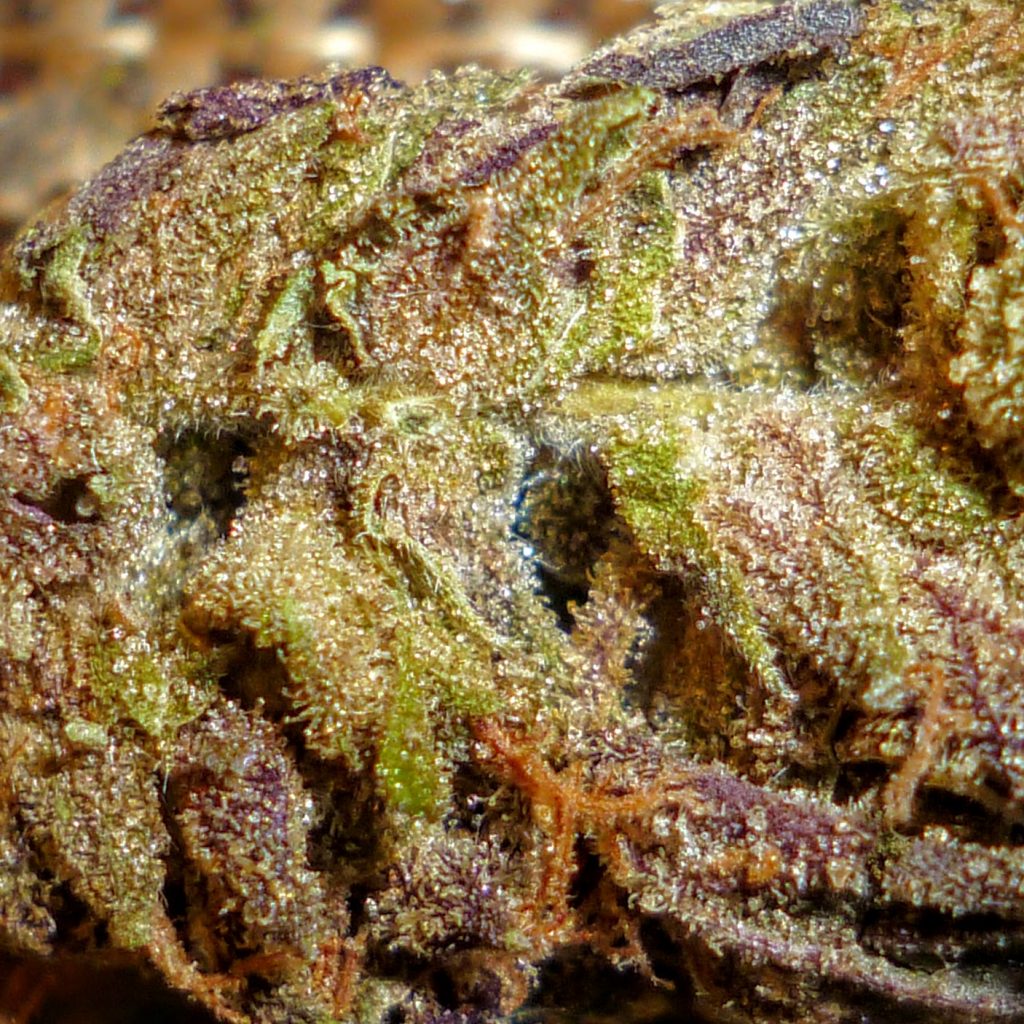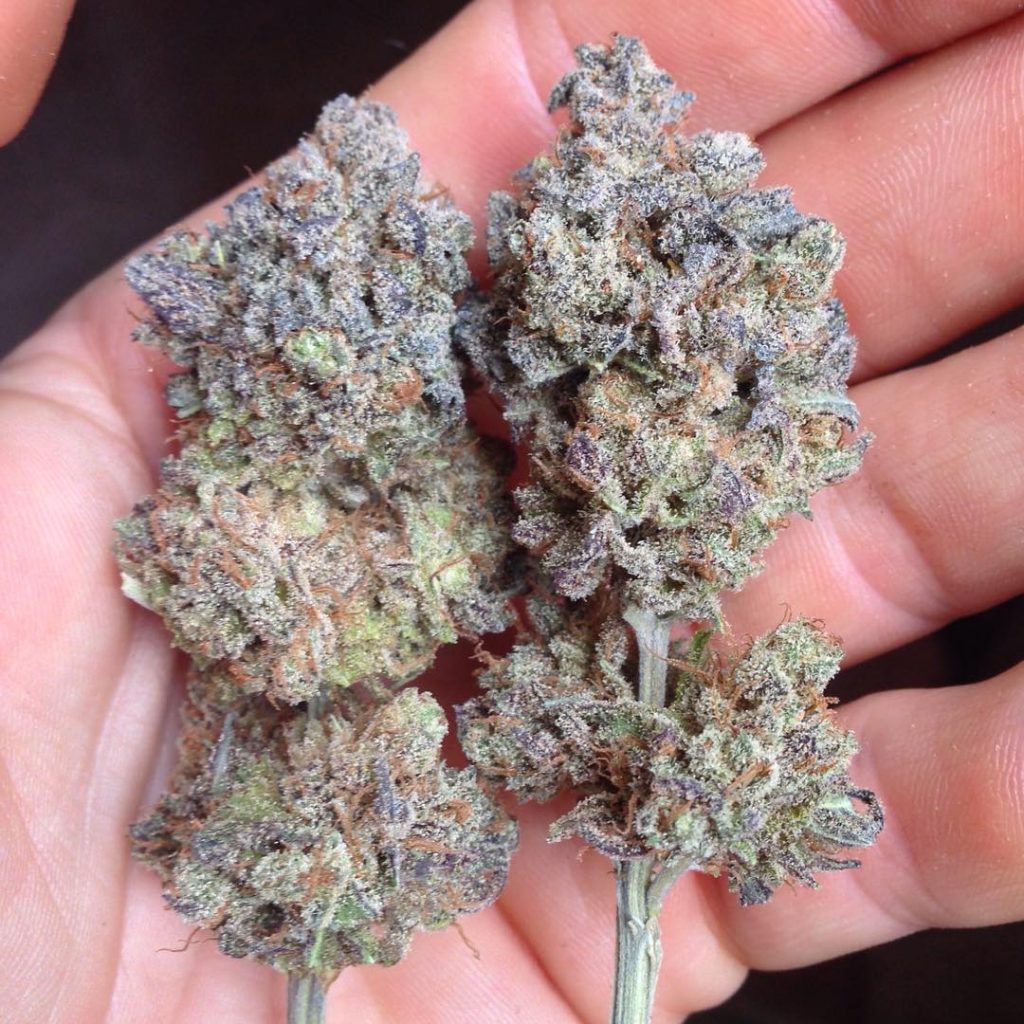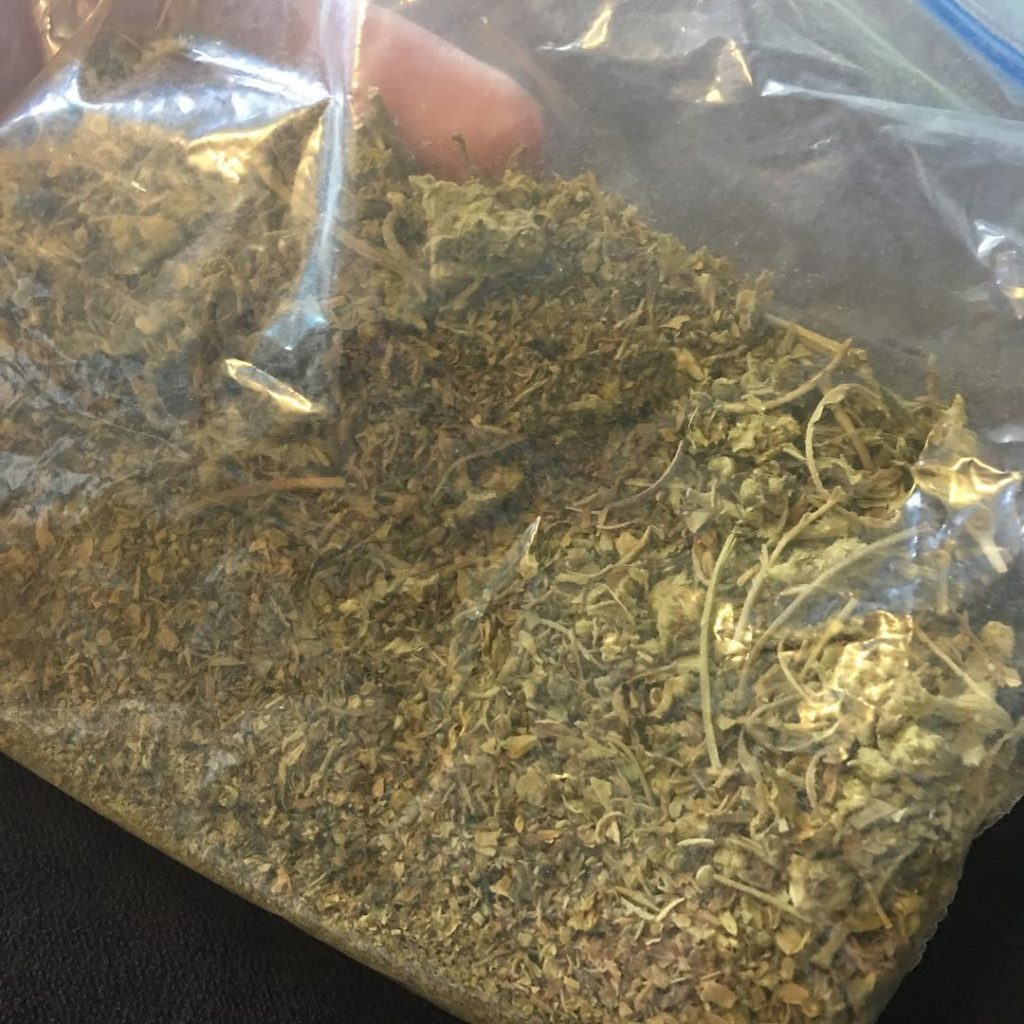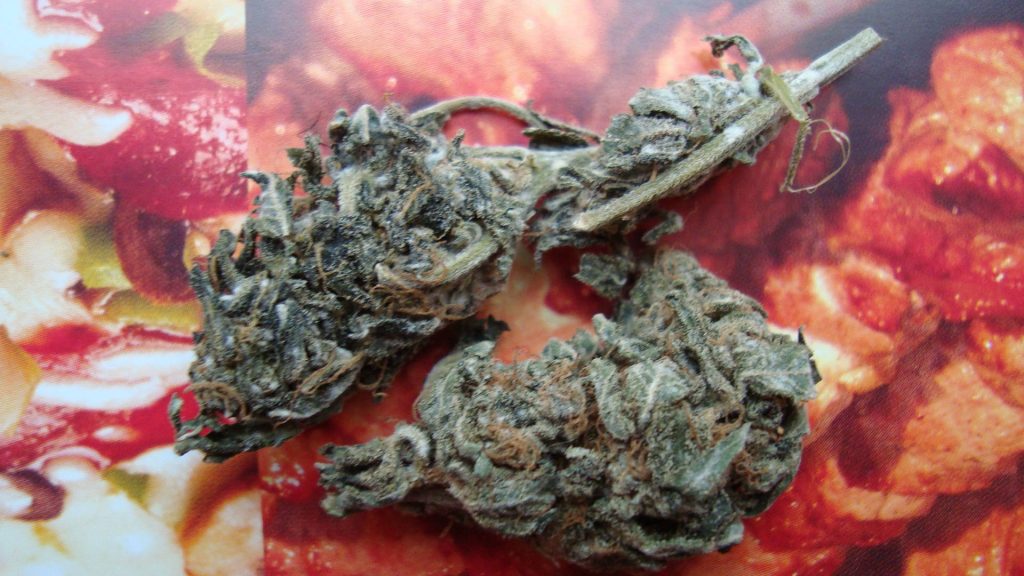Some time ago the UK experienced a phenomenon colloquially known as ‘grit weed’. It’s rumoured high level Dutch gangs were spraying growing plants with silica sand, which would end up inside the bud as the plant grew around it, resembling trichomes to the naked eye and adding a significant amount of weight to large harvests. There was an abundance in the UK and the only reason it disappeared was because after some time consumers wised up and refused to buy it.
The same thing needs to happen with low quality cannabis being sold at unreasonable prices. You, the consumer, need to know what to look for in cannabis and what it’s really worth. Until the UK government decide adults in the UK are allowed to possess cannabis, you will be dependent on the black market and that will only respond to where you put your money. It’s important that you all know the value of the product you’re buying, whether you’re a casual consumer, a grower looking to be self sufficient or a large-scale commercial grower.
So to try to help you, we’ve put together a few reference points and things to look for before handing over your cash…if you aren’t part of a Fair Trade #9PlantCollective through one of the 80+ Cannabis Social Clubs now operating in the UK. See how they work out the cost of their cannabis to take the greed out of weed.
High Grade
This is considered the best of the best. Usually grown in small(ish) batches, with great attention given to each plant. In the UK, this most commonly appears in the form of someone’s homegrown, or ‘medicinal marijuana’ imported from North America.
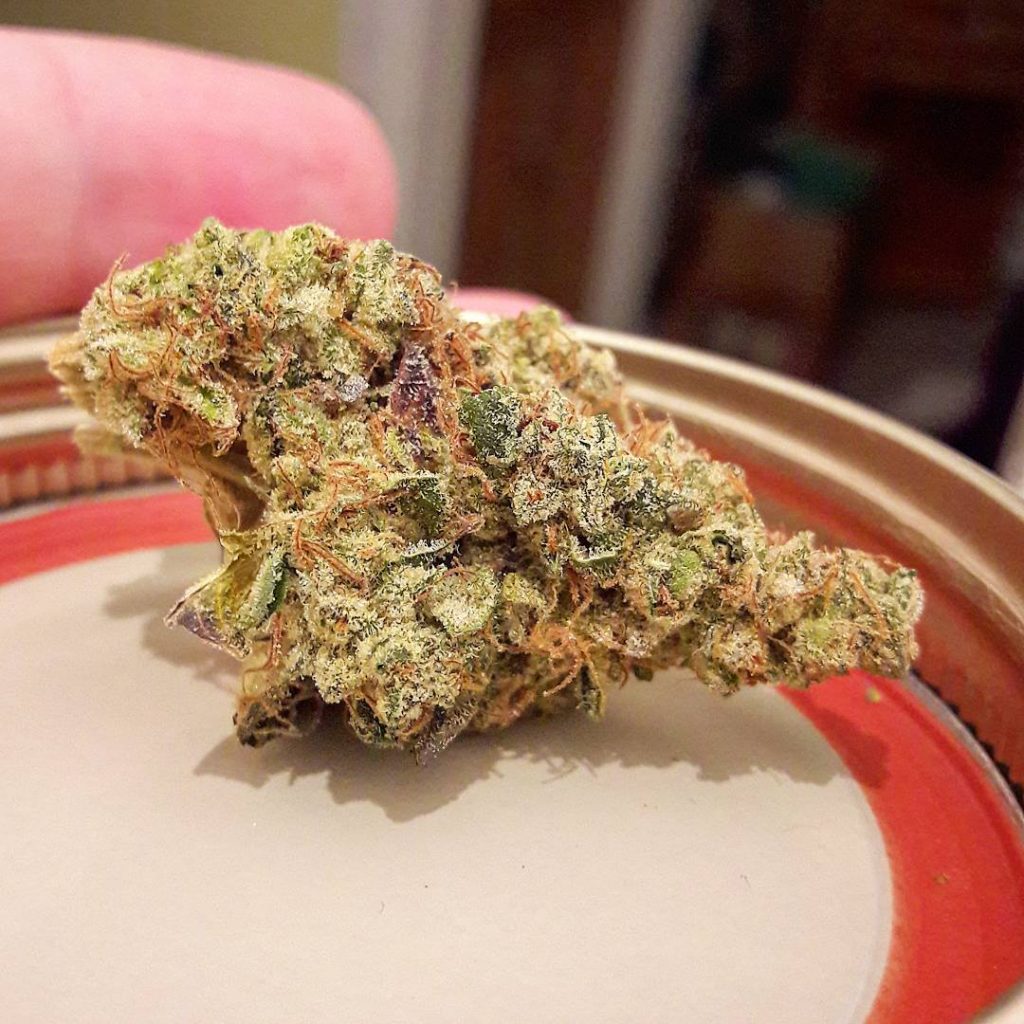 Brighton Rock by @curethenation, a beautiful example of perfect trichome preservation.
Brighton Rock by @curethenation, a beautiful example of perfect trichome preservation.
Appearance:
This isn’t perhaps as easy to answer as it might first seem. Good quality cannabis comes in many shapes and sizes. However, there are a few things to look out for.
First off, you want to make sure whatever it is you’re buying is thoroughly coated in trichomes and all of those trichomes still have their glandular trichome heads connected and intact. This will tell you that the cannabis has been treated well since it was harvested.
Next, you want to make sure you’re not paying over the odds for a bunch of leaf. See that the bud has been properly trimmed. Most of the sugar leaf should have been removed, and you should be left with tight, trichome rich calyxes which make up the buds.
Bud density is also important to establish. This one’s more tricky, since individual strains and phenotypes will yield buds of varying densities, so without years of experience it can be difficult to tell what you’re looking for. A bud should be firm to the touch, with the slightest bit of give, but it shouldn’t crush or crumble to dust. Ideally, your cannabis, once cured, should have a moisture content between 10 and 15%. Too damp and it won’t smoke properly, too dry, and it’ll affect the taste.
Both these examples (Purple Cheddar on top, LA Affie/Fire OG Kush x GDP underneath, both bred/grown by @truecannabliss) show excellent trichome preservation, good bud structure and density, a nice clean trim where the majority of sugar leaf has been removed and knowing True like we do, there’s no doubt they both had the aroma they were meant to.
Odour:
Describing the smell of cannabis to someone who doesn’t know the smell of cannabis is like trying to describe colours to a blind person. We can give broad hints, but without experiencing the smell yourself, there’s no way you’ll know it. On top of that, consider the massive variation you see when comparing different strains, or even, phenotypes of the same strain… and it becomes a very difficult task. A strong haze will smell markedly different to its OG Kush counterpart.
To be a little more scientific, we can look at the terpenes you might expect to find in certain strains and make educated guesses based on that information. A strain rich in limonene could reasonably be expected to have sharp, citrus notes. Something with more myrcene might have an earthier, musky odour and something high in linalool may well have those familiar lavender overtones. A pinene rich strain should emanate a pine scent … well you get the idea.
Cost:
Cost can vary greatly. We’ve all heard the infamous stories of £50 grams of Cali import and at the other end, I’m sure most have heard of that guy who never pays more than £120 for an ounce of chronic. Realistically, the truth probably lies somewhere in between. The cost of producing each product can be as little as £4.20 a week in the UK, but in the US, where production is quasi-legal, the price per gram can be much cheaper. Getting North American cannabis to the UK involves even more people in the distribution chain, thus the price to the end-user is usually more.
Realistically, if you’re fortunate enough to have a source for high grade, be it someone who grows for their own use but produces more than they need, or someone with a friend in California with a medical card, the average street price in the UK is around £220 per ounce, or £10 – £15 per gram. For reference, cannabis like the above examples of elite genetics are available from €9 per gram in Barcelona direct from the social club following the social model we’re trying to promote in the UK. In the Netherlands, they might cost you €15 or €16 per gram from a coffeeshop.
Mids
Mids is what some people might consider ‘commercial’. Think large scale illegal production facilities, where high quality lights, nutrients and other equipment are used, but the attention to detail and the ‘passion’ is missing. The cannabis is acceptable to some, but usually it could have been much better. It could be the post-harvest treatment which let the buds down, it could be the fact that it was chopped at 7 weeks to enable one more harvest in the year, or it could be something as simple as the cannabis going into plastic bags rather than glass curing jars after it was dried.
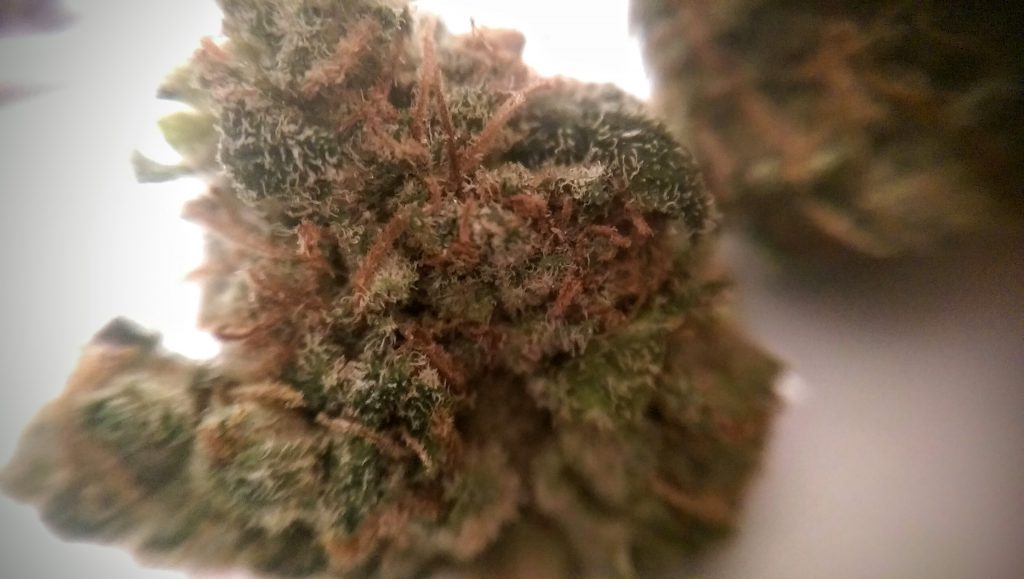
Appearance:
Mids, or commercial, is often slightly compressed, simply because it’s easier to transport large quantities of smelly buds when they’re vacuum sealed and not so smelly. Due to this, you’ll often find trichome heads are absent on the outside of the buds, as in the example above.
Often buds in this category have more sugar leaves than high grade, sometimes because of lazy trimmers, other times because the bud density and structure simply isn’t there to trim down to. In the worst instances, buds can appear almost totally devoid of trichomes, as can be seen in the image below of some ‘Durban Poison’ purchased from a Rotterdam Coffeeshop.
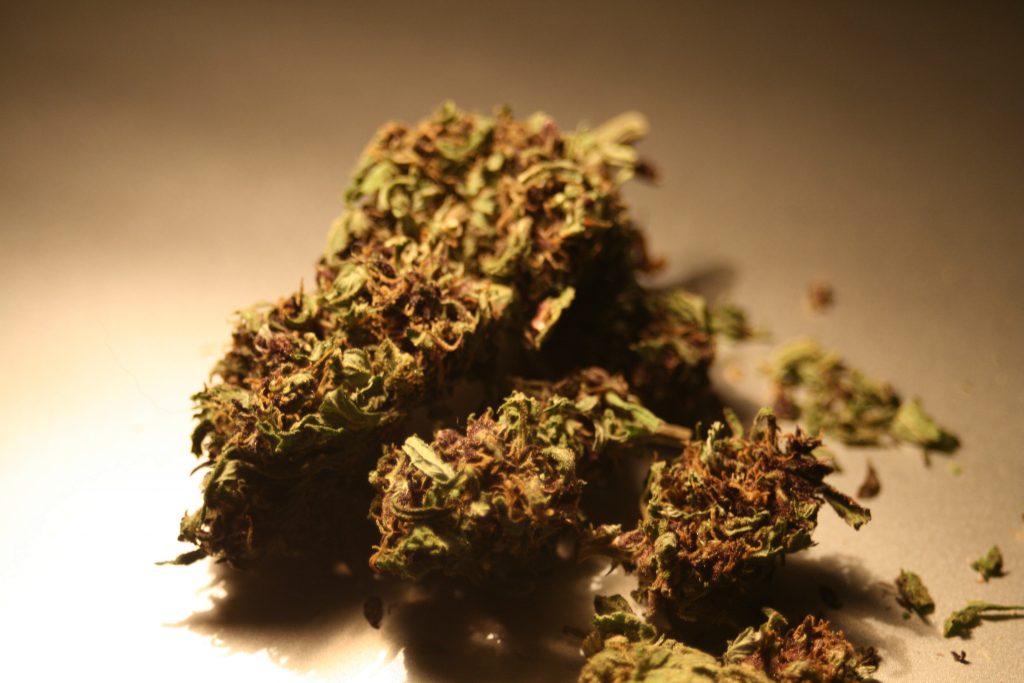
The buds may be too moist because the plant wasn’t hung to dry for long enough before being trimmed and put into bags. In the worst instances, this can lead to mould on the buds and in the best instances, you’ll need to dry your bud before you smoke it. The slower you dry it, the more of the terpenes you’ll preserve, so don’t rush this.
Odour:
You should still expect mids to smell like cannabis, but because it might not have been cured properly and almost certainly hasn’t been stored properly, it won’t have the same distinct, pungent odours those familiar with high grade have come to know. Expect more simple, earthy smells which might develop into something nice if you put it in glass for a few hours.
Cost:
As with high grade, cost varies greatly and often people will try to sell mids at high grade prices simply because people don’t know the value of what’s presented to them. Prices shouldn’t be more than £160 per ounce, especially given the quality increase in what’s available for just a little bit more. The cost of commercially produced cannabis can be significantly cheaper than a home grow, especially after initial setup costs are paid back on a commercial setup.
Regs:
Perhaps a more familiar term to the UK market for ‘regs’ might be ‘thai’ or ‘outdoor’, or even ‘brickweed’. As a general rule, we’re much more familiar with cheap hash than we are with cheap cannabis, but none the less, it does make it to our shores. There’s not a great deal of domestic cannabis at this quality because the UK has such a poor climate for outdoor cannabis cultivation.
Appearance:
‘Regs’ comes in many shapes, sizes and shades. It’s almost always very compressed, usually because it’s been smuggled from a country with a suitable cannabis growing climate (mostly Asia or South America). Often it’ll be totally devoid of visible trichomes, given the aggressive environment it’s been subject to since harvest. On top of this, it’s possible, perhaps even likely, that the cannabis was beaten for trichomes before it was even packaged and sent anywhere.
Because it’s primarily outdoor cannabis from large fields in countries with less enforced laws, you’ll also find it’s full of stalks and seeds. The buds are almost never ‘sinsemilla’ and unless you take the time to pick the seeds out, you’ll no doubt hear that unique ‘cracking’ noise as you smoke part of a seed shell. The exception here is ‘Sess’ weed – a word which refers to ‘sinsemilla’ – which is high quality compressed cannabis from Jamaica.
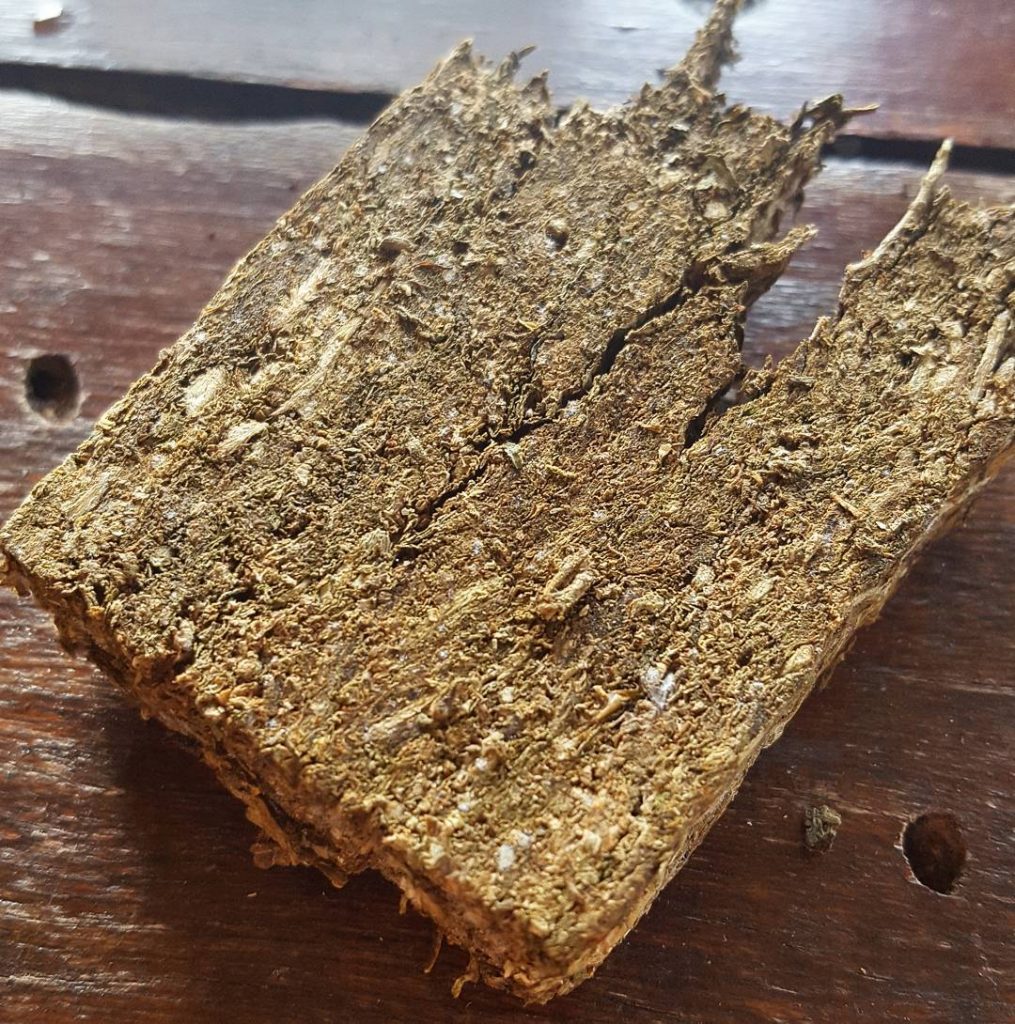 You can clearly see how the material is compressed into bricks before being distributed around the world in this example from @cannabisrael.
You can clearly see how the material is compressed into bricks before being distributed around the world in this example from @cannabisrael.
Another trick unscrupulous black market suppliers might play is by offering ‘shake’ or ‘bottom of the bag’. This is basically all the dust which falls to the bottom of a large bag as buds break down. Whilst it can be trichome rich, it’s often been sieved for trichomes anyway and usually full of stalks as well – even if it came from sinsemilla product.
The example below of ‘Arizona’s finest’ from @michiganmedz is a good example of bottom-of-the-bag shake.
Odour:
If you’re hoping for pungent cannabis aromas when buying or even smoking brickweed, be prepared to be disappointed. Oftentimes, it smells more like dirt than anything many of us would know as the smell of cannabis. The delicate mono- and sesquiterpenes evaporated and broke down long ago, leaving a hard, dry lump of cannabis which was probably mould ridden whilst it was growing and only stopped getting worse because the moisture content is too low for mould to survive. Don’t think that makes it safe though – spores, or even spore fragments in the lungs can cause rhinitis and pose other health risks.
In the two examples below, taken from shroomery user ‘mellowparty’, you can clearly see the visible mould contamination. In the second picture with flash, you see the deep green, almost brown discolouration of the cannabis. In the first picture, you can see mould so prolific, large white patches of spores can easily be seen by the naked eye on the surface of the bud. It almost goes without saying, but cannabis like this should be avoided at all costs, for the sake of your health as much as anything else.
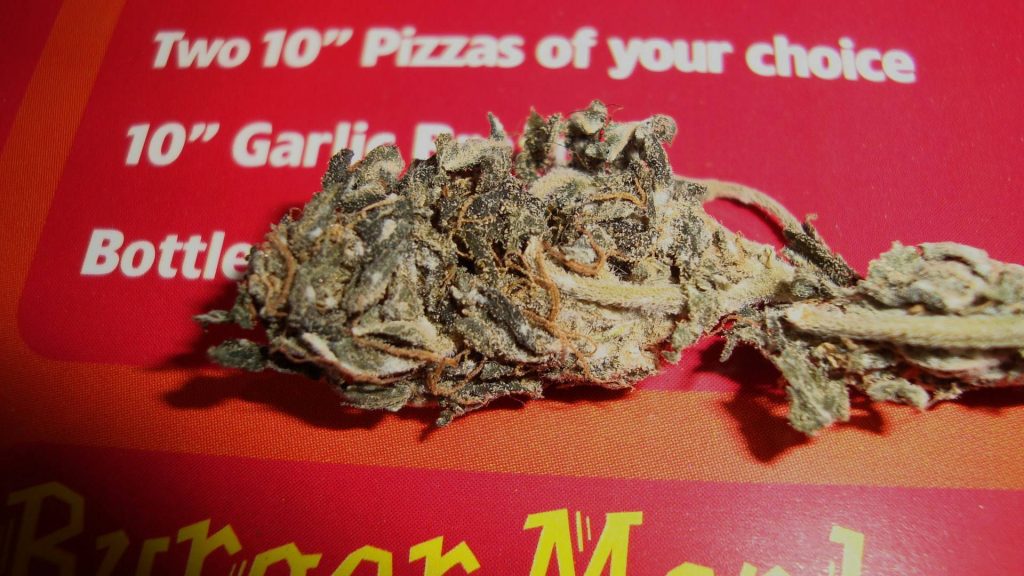
Cost:
Again, as is always the nature of the black market, prices can vary massively. If someone is selling outdoor/brick/thaistick, the chances are they know what it is and what it’s worth. You’re less likely to see someone trying to sell cannabis of this inferior quality at high grade prices.
Cannabis like this costs very little to grow, as it utilises the power of the sun, rather than expensive HPS lighting, often in less economically developed countries where the price of outdoor field labour is cheap. As such, the cost is almost all in the smuggling effort.
If you really HAVE to buy this cannabis, don’t pay more than £25 per quarter ounce (which is still exorbitant at £3.57 per gram).
Conclusions:
Ultimately, what we’ve said here is entirely subjective. If you only know one dealer and he charges £300 for an ounce of mids, it’s all well and good us telling you it’s only worth half that, but if you don’t know another dealer … how do you avoid the extortionate prices?
Well, perhaps the point here is that whilst we currently need the black market and whilst large corporations already have their hands tightly around the neck of this industry … maybe there’s another way. Some way we can undermine the black market and the large corporations and their lobbyists who come to bribe our politicians (did you ever wonder why medicinal marijuana is the flavour of the month in the UK? Hint: That stuff doesn’t happen by accident).
We envision a world where every street has an indoor garden or two. We envision an attitude of self sufficiency this country hasn’t seen since the second world war. Only then, when the whole country see’s that growing your own cannabis is virtually as mainstream as smoking it will we be able to undermine the black market and make some effort at fighting off the stranglehold the corporations have on our politicians.
If you know someone paying more than they should for the quality of weed they are buying share this blog with them. There is no reason people should be paying over the odds for their cannabis. If you want to help spread good cannabis information share this on your Facebook, Twitter or other social media site profiles.

